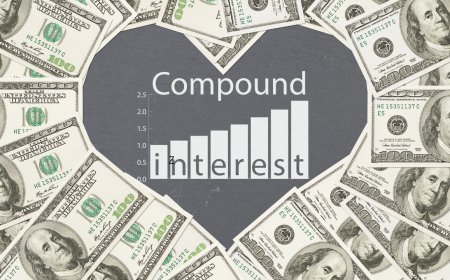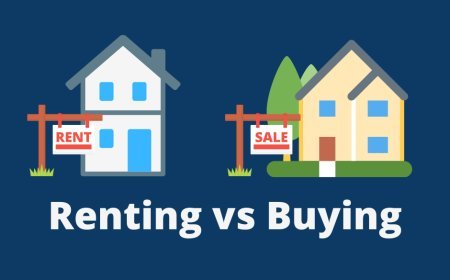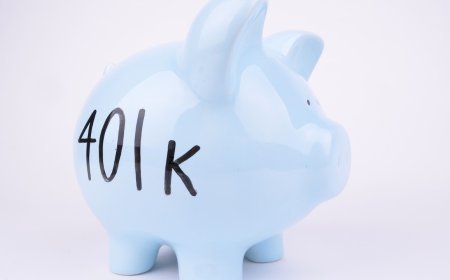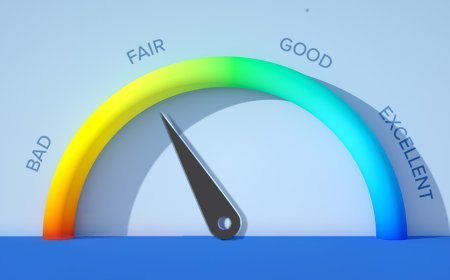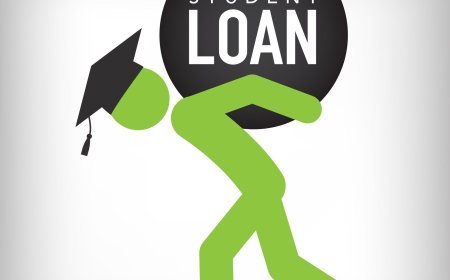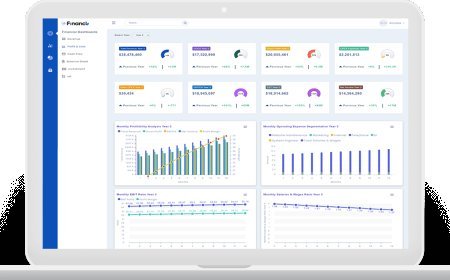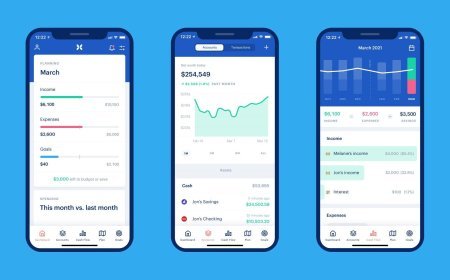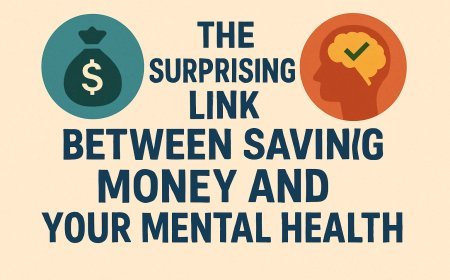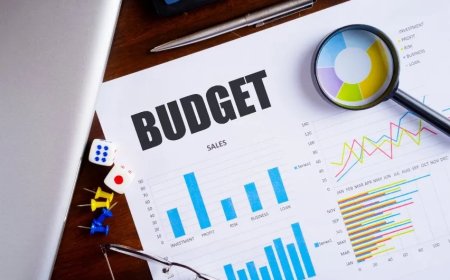The Traditional Budget is Dead. Welcome to Smart Budgeting for 2025.
This article argues that traditional, restrictive budgeting methods are ineffective in today's economy, which is characterized by inflation, "shrinkflation," and easy digital spending. It introduces the concept of "Smart Budgeting" for 2025, a flexible and empowering approach. The core principles include: focusing on values-based spending rather than restriction, using the 50/30/20 rule as a flexible framework, leveraging automation for savings and investments, and maintaining engagement through monthly "Money Dates" and the "Loud Budgeting" trend for accountability. The article concludes with a simple, 4-step action plan to help readers immediately implement these modern strategies to regain financial control and build wealth intentionally.
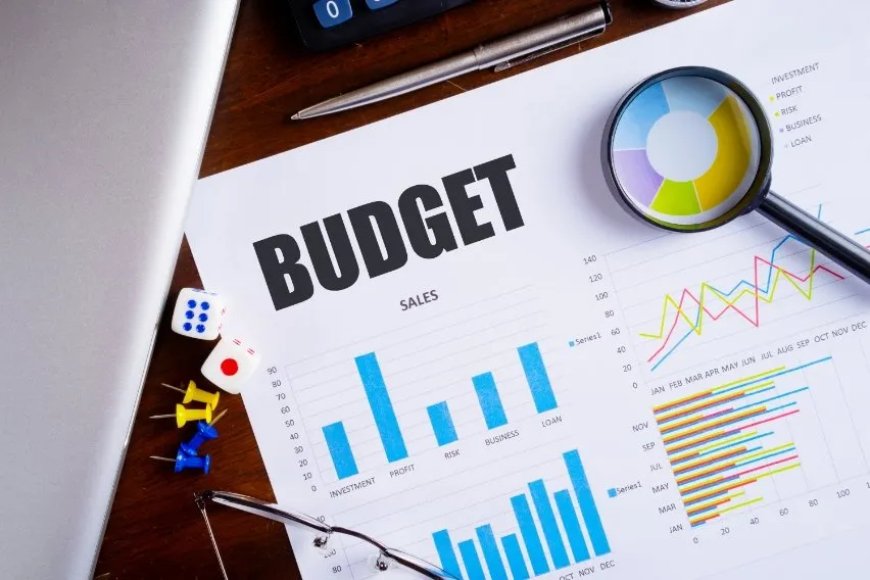
You’ve tried it. The rigid spreadsheet. The envelope system. The painstaking line-item tracking of every single coffee purchase. And yet, at the end of the month, you’re left wondering where the money went and why you feel more restricted than rich.
If this sounds familiar, it’s not your fault. The traditional budget is broken. It was designed for a different economic era—one without rampant “shrinkflation,” one-click shopping temptations, and a dozen streaming services quietly siphoning funds from your account.
In 2025, financial success isn’t about deprivation. It’s about precision, automation, and aligning your spending with what you truly value. It’s time to ditch the financial straitjacket and embrace a smarter, more flexible approach. Welcome to modern budgeting.
Why Your Old Budget Failed You
The classic budget model often fails because it’s built on a foundation of guilt and restriction. It treats every dollar spent on "wants" as a failure. In today's high cost-of-living environment, this approach leads directly to burnout and financial anxiety.
The culprits making old methods obsolete include:
-
Subscription Creep: From streaming services to meal kits and software, small monthly charges add up to a significant, often unnoticed, expense.
-
Inflation & "Shrinkflation": Your grocery bill is higher, and the cereal box is smaller. A fixed, rigid budget can’t easily adapt to these fluctuating costs.
-
The Ease of Digital Spending: With tap-to-pay and saved payment info, the friction of spending money has vanished, making impulse buys easier than ever.
Smart budgeting isn't about ignoring these realities; it's about building a system to master them.
The New Pillars: 4 Principles of Modern Budgeting
Instead of focusing on what you can't spend, this new approach focuses on consciously directing your money toward the life you want.
1. Values-Based Spending (Not Restriction)
The Old Way: "I can't spend money on concerts this month." The Smart Way: "My goal is a down payment, so I'm choosing to prioritize that over concert tickets right now."
The shift is subtle but powerful. It’s not about restriction; it's about making conscious choices. Identify your top 3-5 life values (e.g., security, experiences, generosity, health). Before making a significant non-essential purchase, ask: "Does this align with my values?"
2. The Flexible 50/30/20 Rule
This isn't a new rule, but its application is. It provides a brilliant framework, not an iron cage. Here’s the breakdown based on your after-tax income:
-
50% for Needs: This category covers your survival expenses.
-
Housing (mortgage/rent)
-
Utilities (electric, water, internet)
-
Groceries
-
Transportation
-
Insurance
-
Minimum debt payments
-
-
30% for Wants: This is your lifestyle spending.
-
Dining out & entertainment
-
Shopping
-
Hobbies & travel
-
Streaming subscriptions
-
-
20% for Financial Goals (Pay Yourself First): This is where you build wealth.
-
Building your emergency fund (aim for 3-6 months of living expenses)
-
Extra debt payments (especially high-interest credit cards)
-
Retirement savings (e.g., Roth IRA, 401(k) contributions beyond a match)
-
Investing and other savings goals (down payment, new car)
-
The 2025 Twist: In today's economy, your "Needs" might creep up to 55% or even 60%. That’s okay. The key is to consciously adjust. If needs go up, your "Wants" category is the first place to trim, not your "Financial Goals." Protect your 20% savings rate at all costs.
3. Radical Automation
Your willpower is a finite resource. Don’t waste it on manually moving money around. Automation is your single most powerful tool for building wealth.
-
Split Your Paycheck: Ask your HR department if you can split your direct deposit. Send your 20% savings portion directly to a separate high-yield savings account (HYSA) before you can even touch it.
-
Automate Your Bills: Set all your essential bills to auto-pay. This avoids late fees and mental clutter.
-
Automate Your Investments: Set up recurring automatic transfers to your IRA or brokerage account. Even $50 a month builds incredible momentum through dollar-cost averaging.
4. The 'Money Date' & 'Loud Budgeting'
A budget isn’t a "set it and forget it" document. It’s a living tool. Schedule a 30-minute “Money Date” once a month with yourself (and your partner, if applicable).
During this time:
-
Review your spending against the 50/30/20 framework.
-
Cancel any unused subscriptions.
-
Celebrate your savings wins.
-
Adjust for the month ahead (e.g., upcoming holidays or birthdays).
This is also where "Loud Budgeting"—the viral trend of talking openly about your financial goals—comes in. Tell a friend, "I'm skipping our usual expensive brunch this Sunday because I'm saving for a trip to Yellowstone." Normalizing these conversations creates accountability and removes the stigma from making smart financial choices.
Your 4-Step Action Plan to Start Today
-
Conduct a 30-Day 'Spending Audit': Connect your accounts to a budgeting app (like Mint, YNAB, or Rocket Money) or use your bank's built-in tools. For one month, just track. Don't judge. Simply see where your money is actually going.
-
Define Your 20% Goal: What are you saving for? Be specific. "I want to save $6,000 for an emergency fund by August 2026." Write it down. This is your "why."
-
Set Up One Automation: Log into your bank account right now. Set up a recurring weekly or bi-weekly transfer from your checking to your savings. Start with just $25. The amount doesn't matter as much as building the habit.
-
Schedule Your First 'Money Date': Put it on your calendar for the first Sunday of next month. Treat it like an important appointment, because it is.
The goal of budgeting in 2025 and beyond isn’t to create a life of scarcity. It’s to design a life of intention. By embracing flexibility, automation, and a values-first mindset, you can take control of your finances and build a future that truly excites you.
What's Your Reaction?
 Like
0
Like
0
 Dislike
0
Dislike
0
 Love
0
Love
0
 Funny
0
Funny
0
 Angry
0
Angry
0
 Sad
0
Sad
0
 Wow
0
Wow
0

